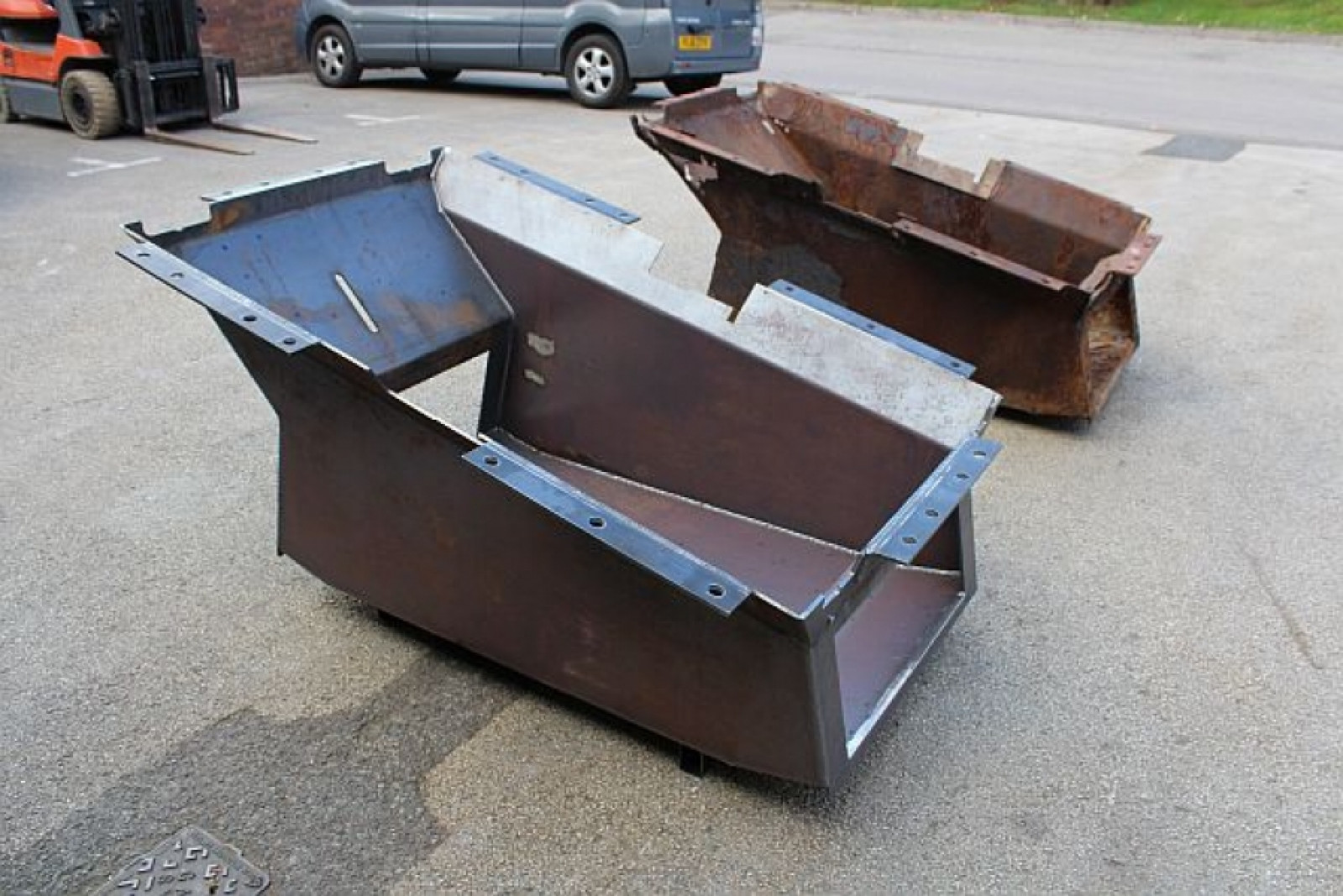TAS Engineering recently had an unusual request to fabricate an ashpan for a 1945 GWR steam locomotive. Railway preservation societies and some private owners have restored many steam locomotives after they were made redundant during the transition to diesel or electric locomotives. From the late 1950s until 1968 all the steam locomotives operated by British Rail were phased out and replaced by some electric but mainly diesel locomotives.
The steam locomotives now in private ownership have to be maintained to the original standards both for safety and, because the preservation railways are operated commercially, maintenance time needs to be minimised.
The ashpan sits under the firebox to collect the ash that falls from is shaken from the grate. The grate has to be constantly cleared of ash to maintain a good fire bed. Damper doors in the ashpan control the amount of air flow to the fire and consequently the amount of steam produced.
Ashpans were traditionally made from mild steel, but the heat, water and corrosive products from the ash resulted in the ¼ steel plate completely rusting through in around 5-6 years.


The Old Ashpan
TAS Engineering was asked to produce a replacement ashpan made from Corten steel. Corten has small amounts of chromium, copper and nickel added, making it more expensive than mild steel by a factor of 3 to 5 times, depending on the plate thickness and size. The rust on the surface of mild steel flakes away constantly exposing new layers but the alloying elements in Corten allow a protective surface layer to form that prevents further corrosion. This can be commonly seen on bridges and piling, where painting has become unnecessary. Corten is commonly used for welded sculptures; a famous example being The Angel of the North.

Part of the Original GWR Drawing
The customer provided an old, rusted ashpan and a copy of the original drawing. A CAD model was produced on SolidWorks from dimensions on the original drawing but incorporating modifications from the sample ashpan supplied. Laser cut profiles were produced from 6mm and 8mm Corten using dxf files. These were then formed to the required angles on TAS EngineeringÂs Bystronic press brake, then MIG welded together using Corten welding wire.
SolidWorks CAD Model of the New Ashpan












